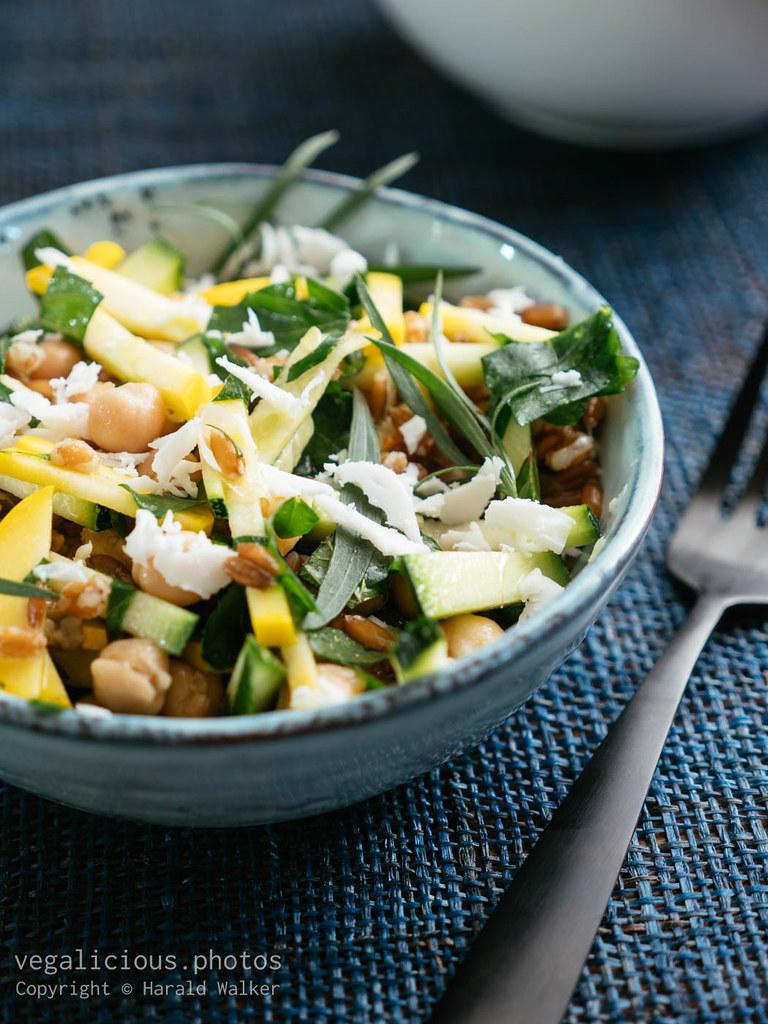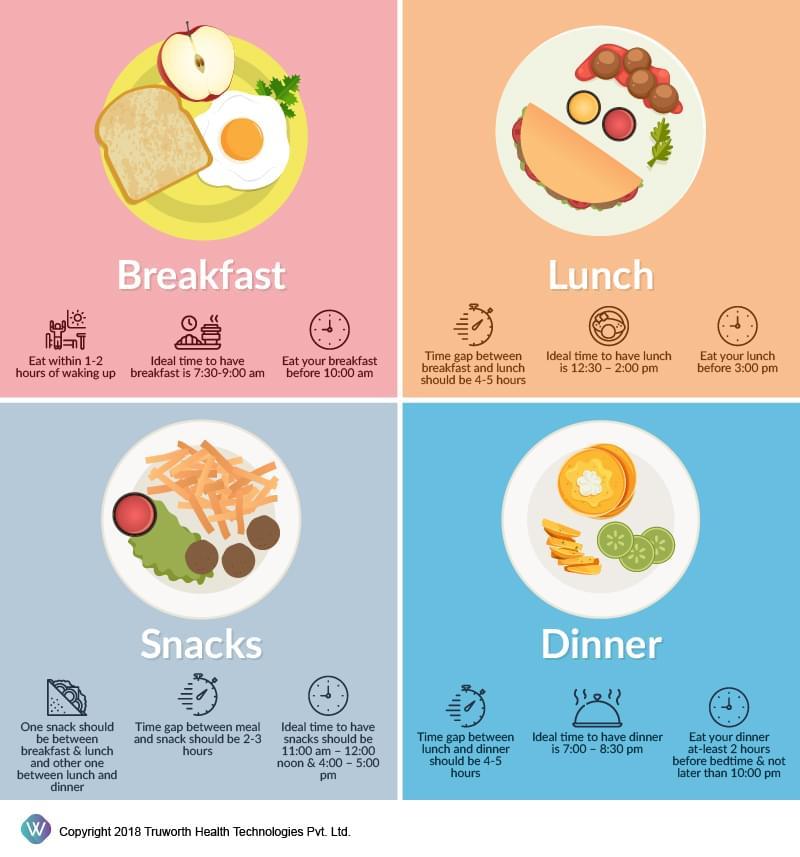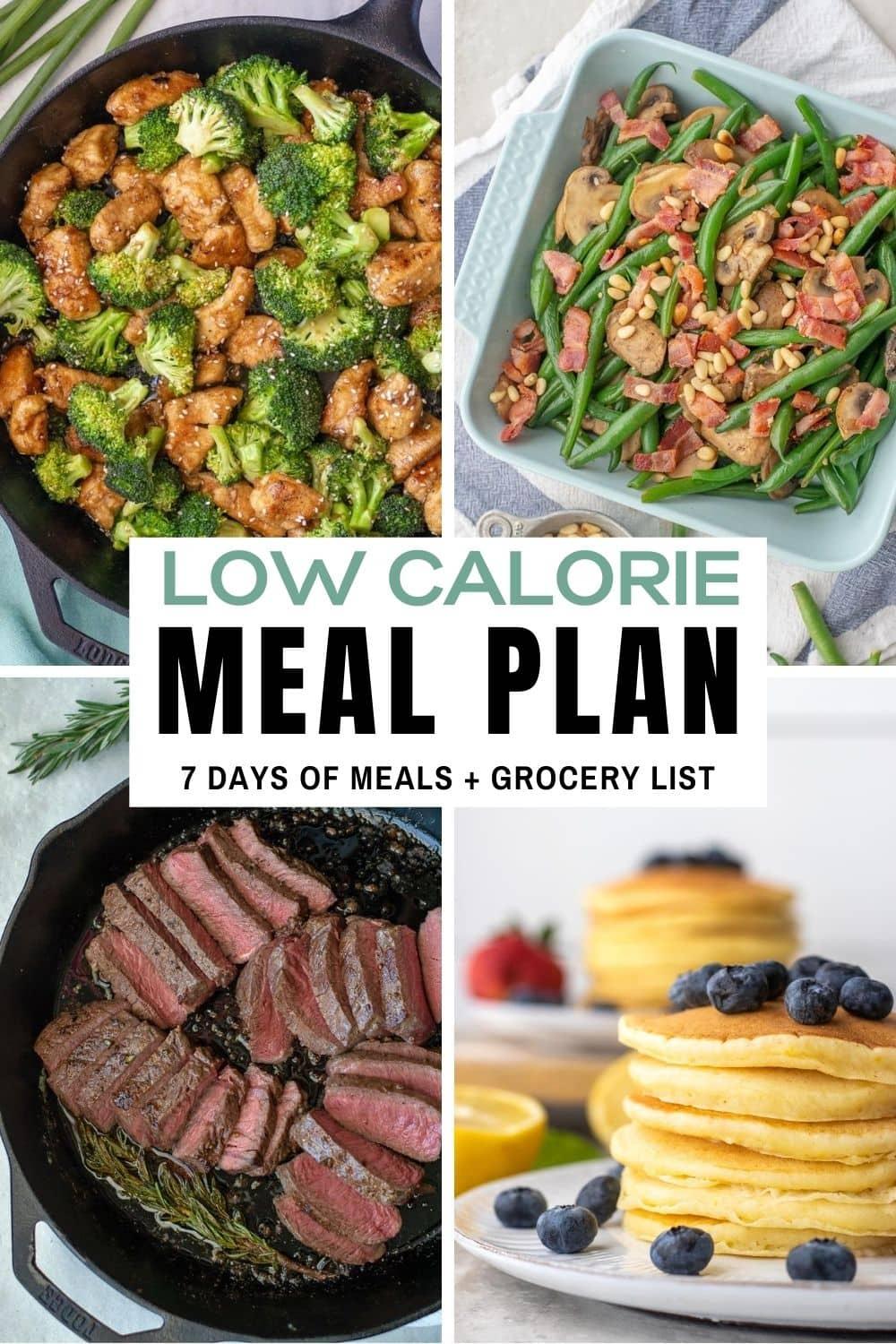In the pursuit of a healthier lifestyle, many people find themselves caught in the challenging balance of eating fewer calories while still feeling satisfied. Enter the low calorie, high protein meal plan—a strategic approach that not only supports weight management but also ensures you stay full and energized throughout the day. This guide will walk you through the essentials of crafting meals that are rich in protein yet low in calories, providing you with the tools to maintain your dietary goals without compromising on satiety. Whether you’re a seasoned health enthusiast or just beginning your nutritional journey, these expert tips and meal ideas will empower you to take control of your hunger and sustain your energy levels with confidence.
Choosing the Right High-Protein Foods for Maximum Satiety
When embarking on a low-calorie, high-protein meal plan, selecting the right foods is crucial to ensure you stay satiated throughout the day. High-protein foods not only aid in muscle maintenance and growth but also help in curbing hunger effectively. To maximize satiety, consider incorporating these protein-rich options into your diet:
- Lean Meats: Chicken breast, turkey, and lean cuts of beef are excellent sources of protein that are low in fat and calories. They provide a substantial amount of protein per serving, keeping you full for longer periods.
- Fish and Seafood: Salmon, tuna, and shrimp are not only high in protein but also rich in omega-3 fatty acids, which have been shown to increase feelings of fullness.
- Plant-Based Proteins: Lentils, chickpeas, and quinoa offer substantial protein content and are packed with fiber, further enhancing satiety.
- Dairy Products: Greek yogurt, cottage cheese, and low-fat cheese are excellent choices for a high-protein, low-calorie diet. They can be easily incorporated into meals or consumed as snacks.
- Eggs: A versatile and nutrient-dense option, eggs provide a complete source of protein and are incredibly satisfying, whether boiled, scrambled, or poached.
By focusing on these nutrient-dense, protein-packed foods, you can effectively manage your hunger and stick to your low-calorie goals with confidence and ease.
Incorporating Fiber-Rich Ingredients to Enhance Fullness
When crafting meals that are both satisfying and supportive of your dietary goals, fiber-rich ingredients play a pivotal role. These ingredients not only add bulk to your meals, helping you feel fuller longer, but also aid in digestion and overall gut health. Consider incorporating the following fiber-packed options into your meal plan:
- Whole Grains: Swap refined grains for whole grains like quinoa, brown rice, or barley. These options are not only rich in fiber but also provide essential nutrients that complement your high-protein intake.
- Legumes: Beans, lentils, and chickpeas are excellent sources of fiber and can be easily added to salads, soups, or as a side dish to your protein-heavy meals.
- Fruits and Vegetables: Opt for fiber-rich fruits such as berries, apples, and pears, and vegetables like broccoli, Brussels sprouts, and carrots. These can be enjoyed as snacks or side dishes, enhancing the volume of your meals without significantly increasing calories.
- Nuts and Seeds: A small handful of almonds, chia seeds, or flaxseeds can boost the fiber content of your meals. Sprinkle them over yogurt or salads for added texture and satiety.
Integrating these ingredients thoughtfully ensures that your low-calorie, high-protein diet remains both effective and enjoyable, helping you achieve your health goals without feeling deprived.

Mastering Meal Timing to Curb Hunger Effectively
Understanding when to eat can be just as crucial as what you eat, especially when following a low-calorie, high-protein meal plan. Strategic meal timing can significantly enhance satiety and keep hunger at bay. Start your day with a protein-packed breakfast to kickstart metabolism and reduce cravings throughout the morning. Mid-morning snacks, such as a handful of almonds or a Greek yogurt, can help maintain energy levels and prevent overeating during lunch.
Incorporate nutrient-dense, high-protein foods at every meal to keep you feeling full longer. Consider these tips:
- Eat every 3-4 hours to maintain steady energy levels and avoid the temptation of high-calorie snacks.
- Consume protein-rich snacks like boiled eggs or cottage cheese to help bridge the gap between meals.
- Plan your meals around activities, ensuring you fuel your body before and after workouts with adequate protein.
By aligning your eating schedule with your body’s natural rhythms, you can maximize the effectiveness of your meal plan and achieve your dietary goals with confidence.

Crafting Delicious Low-Calorie Meals That Satisfy
Transforming your meals into a satisfying and nutritious experience doesn’t have to be a chore. By focusing on high-protein ingredients and creative cooking methods, you can enjoy meals that are both low in calories and utterly fulfilling. Start by incorporating lean proteins like chicken breast, tofu, or lentils into your dishes. These not only help in muscle building but also keep you satiated for longer periods. Explore a variety of cooking techniques such as grilling, steaming, or baking to enhance flavors without adding extra calories.
- Bulk up with vegetables: Add a generous serving of non-starchy vegetables like broccoli, spinach, or bell peppers. These add volume to your meals without increasing calorie count.
- Flavor with herbs and spices: Instead of high-calorie sauces, use herbs and spices to add depth to your dishes. Think garlic, cumin, or fresh basil for a taste explosion.
- Choose whole grains: Swap refined grains for whole grains such as quinoa or brown rice, which offer more fiber and nutrients, helping you feel full.
- Incorporate healthy fats: Small amounts of healthy fats like avocado or nuts can make meals more satisfying and help with nutrient absorption.
By focusing on these strategies, you can craft meals that are not only aligned with your dietary goals but are also enjoyable and nourishing.
